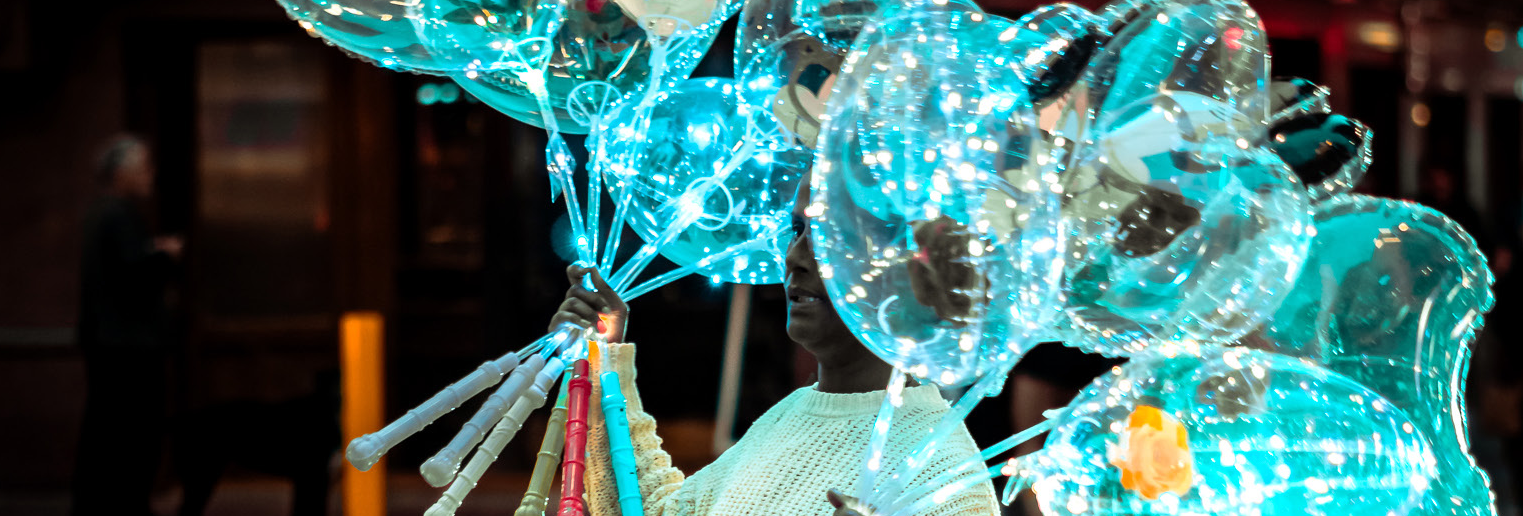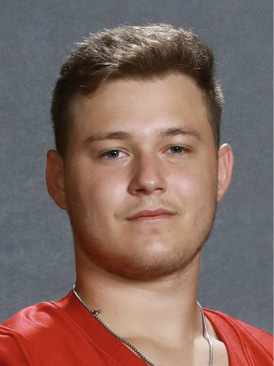One doesn’t just pick up a camera for the first time and immediately begin taking great pictures. Like other crafts, photography takes practice, but that shouldn’t ever stop one from jumping in, particularly if one is passionate about learning to create. My interview with a trio of Dallas, Texas-area photographers—Omar Gonzalez, Jarrod Oram and Ivan Zapien —provides support for this claim.
For many people these days, a photograph is something they take with their smartphone to provide a visual element for their next social media post. For others, though, photography is their response to an inner drive to make art. Photography is a visual artform that allows storytelling to take place in an extremely intimate and authentic way.
There are almost as many approaches to photography as there are photographers. Gonzales, Oram and Zapien are practitioners of street photography. In street photography one captures the world around oneself as it happens. Street photographers produce images that are extremely accessible, intimate and immediate, with no need for a studio. In fact, the world itself functions as their studio. While street photographers do sometimes stage their shots the way studio phographers do, most working in this genre use their cameras to capture a seemingly unmediated image of their environment. At its best, photography allows the artist to show others exactly what the photographer is seeing. While this sometimes appears to produce images in their rawest, most basic form, in reality framing artful street photography requires the same skills: an understanding of proper camera set-up, shot-composition, and lens choice appropriate to the situation. Held in balance, these elements come together to transform a snapshot into a work of art.
The three Dallas photographers I spoke with have each achieved their own versions of this understanding. For Zapien it’s showing off the people who he sees everyday who might go unnoticed by most other people, Oram finds value in bringing fresh eyes to the “old and rad stuff” he finds in his photo-taking expeditions, while Gonzalez uses the foundations that doing street photography had laid for him to frame more artful compositions. By sharing their idiosyncratic perception of the world around them, they make it possible for us to have a real and uniquely intimate glimpse into places we might not otherwise have seen.
Omar Gonzalez
Omar Gonzalez is a photographer and video- grapher who started taking pictures at a very young age with an $80 camera from Radio Shack. He dabbled in other forms of art too, but realized none of them were for him. When he joined a photography club in middle school, it ignited his enduring passion for photography. In college at the University of North Texas in Denton he majored in journalism and minored in photography. Currently he works for a dietary supplement company and helps coordinate its digital content while freelancing on the side. Gonzalez started working in photography during college when a friend got him a job at a night club called Citizen. The first night he shot there he saw some of the players from the Dallas Mavericks but was told to focus on the other aspects of the club. “It’s definitely just something that happened by accident,” he said. “And I really didn’t want to do it for [the friend who got Gonzalez the job].” Since he was only a college student, he wasn’t sure if he would be able to deliver a high-quality product.
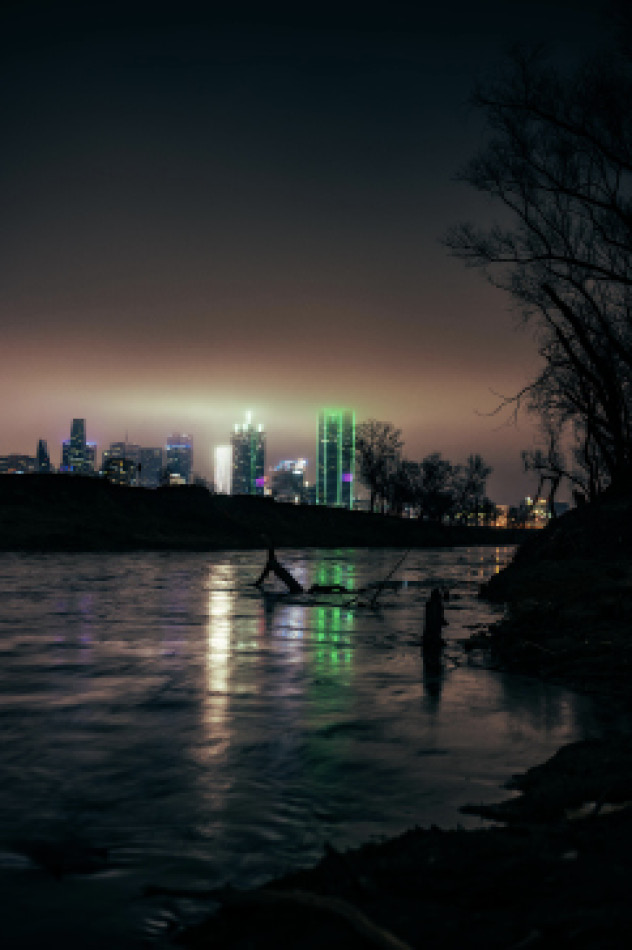
“Trinity River” by Omar Gonzalez
Photography offered Gonzalez a unique medium that allowed people looking at his work to see the world the same way he did.
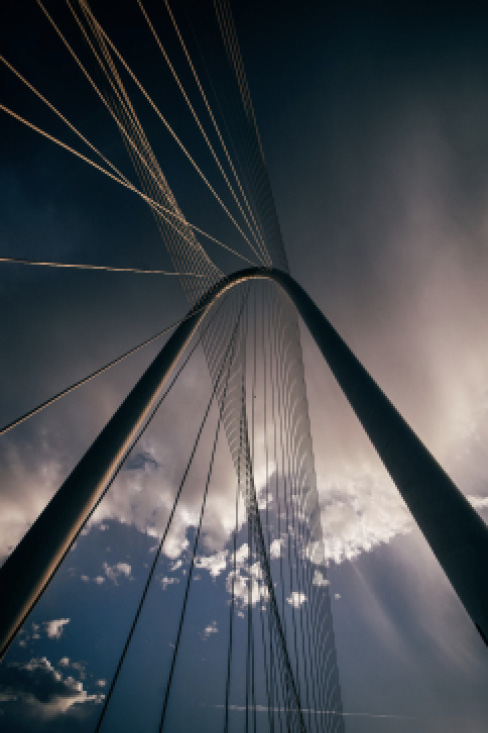
“Bridge” by Omar Gonzalez
“Street photography was something big for me,” he said. “It really intrigued me, so I started doing a lot of [it]. I didn’t really have a style [at that point].” These early experiences, including the work he was able to do at Citizen, helped him to develop his styles.
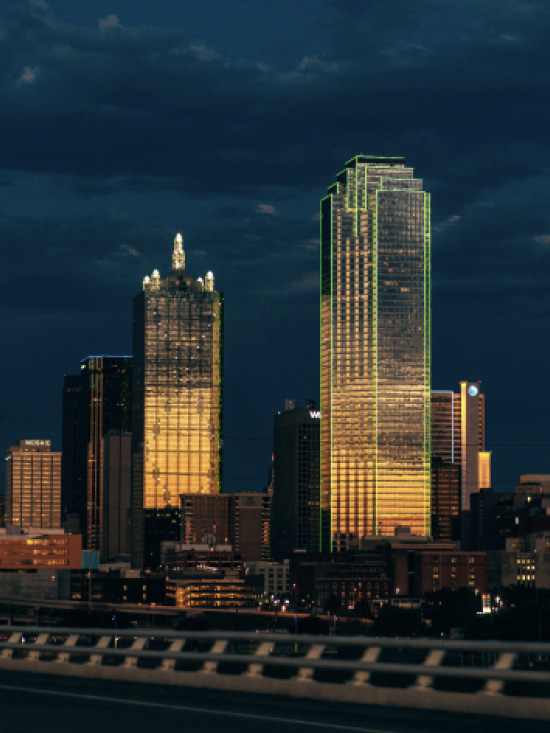
Untitled photo by Omar Gonzalez
While Gonzalez resists identifying a favorite place to shoot “because [he’s] always in a different spot,” there is a certain place that’s tied to his best memory of photography: the top of Dallas’s Sheraton Hotel. “Seeing the city in all its greatness…you feel like Batman or Spider Man,” he says. “The best feeling I ever had was being on that rooftop with my camera and just enjoying the moment.”
These days, because he’s working a lot, that view from the Sheraton’s rooftop is not one he often gets to have. “I haven’t been on a rooftop in years,” he says. Still, the feeling that he had on top of the Sheraton has contributed massively to why he loves photography.
Jarrod Oram
Jarrod Oram is, a “lifelong creative” who describes himself as an “Old Stuff and Rad Things Fine Art Photographer.” He started his career working on rap music videos in New York City before moving back to Dallas, and he currently works as a freelancer, developing digital content for a few companies. Oram doesn’t limit himself to Dallas’s confines. He travels to wherever he can find what he calls “beauty in decay.” His favorite things to shoot are “run-down buildings, old signs, things with history…[Dallas] is a city where a lot of things with historical significance go away.”
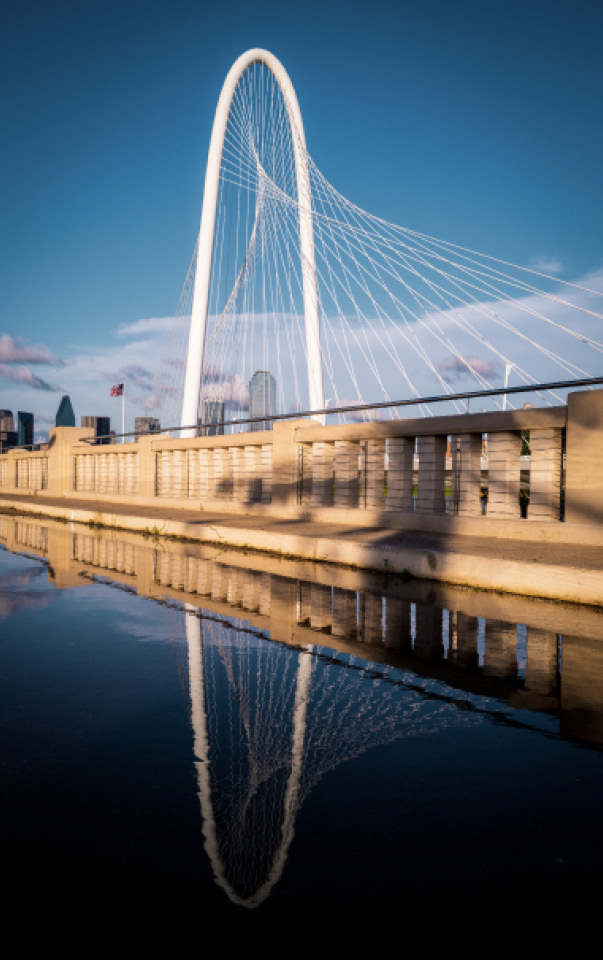
“I’ll Be Your Mirror” by Jarrod Oram
Preserving history is very important to Oram because, as Dallas modernizes, he sees the “Old Stuff” he loves so much beginning to fall out of quaintness and into active disintegration. When it comes to finding the “rad things” which remain, Oram follows his eye into fertile visual ground. Oram adds his own flare to what he finds by using the rule of thirds, a compositional technique that places a subject on the left or right third of an image while leaving the remaining two thirds of the image more open, to help fill the frame as well as employing the natural light of the scene to create a certain mood.
Oram emphasizes that photography is more than just a side hustle to him, and also more than a passion. It is a way of filling a void. He said: “Something wasn’t ‘right’ inside me and I thought I was depressed, you know, so I would go to therapy or take medication to ease my depression, but what was really happening was there were areas of unmet needs inside me. So, the thing that I discovered early to numb the pain was alcohol. [For a while] it actually worked, if that makes sense. It calmed my nerves and it eased my tensions. But what happened was there was no solution to anything. All I was doing was stuffing it down and not addressing it, and the only thing I knew to do, the only thing I knew that worked, was [more] alcohol. And so that’s the whole thing with alcoholism it’s that you keep going back to it expecting a different result.
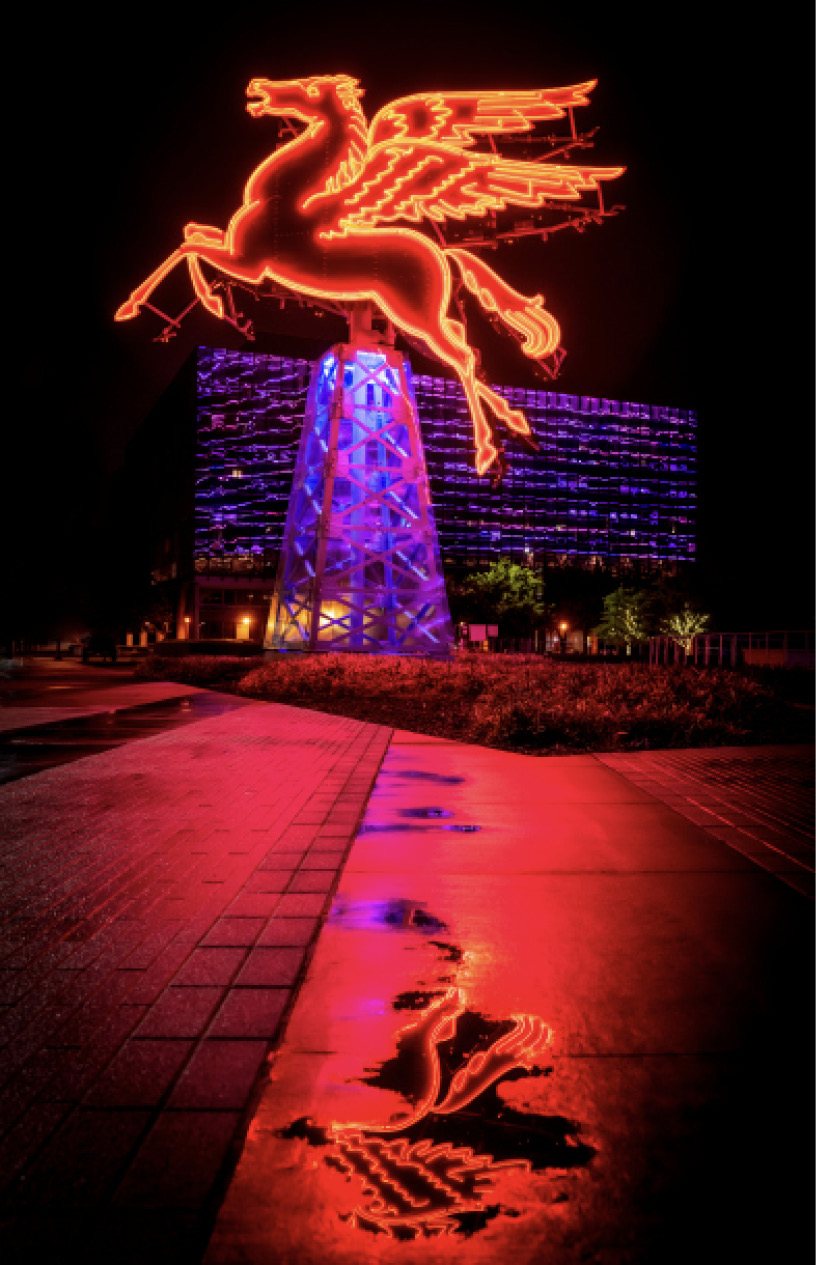
“To Live is To Fly” by Jarrod Oram
“Eventually it stopped working. I had no idea about unprocessed childhood trauma; I had no idea about any of those things. I would go to people that didn’t have the answers to [becoming sober], they’d ask me ‘Well, Jarrod, why don’t you just quit?’ And I would tell people ‘You don’t get it; I can’t,’ and they didn’t understand that.”
In 2007 Oram finally realized that it was time to get sober. When he did, he found that the problems of the past persisted, except now he was without the solace of alcohol. Eight years into being sober he found he was still in a lot of pain, and he realized that dealing with that pain was the real work. He began working with a therapist to untangle the pain of the past. “I was feeling empty… my therapist was talking about abundance and ‘filling abundance,’ and I’m like how the f**k do you fill abundance? What does that even mean?”
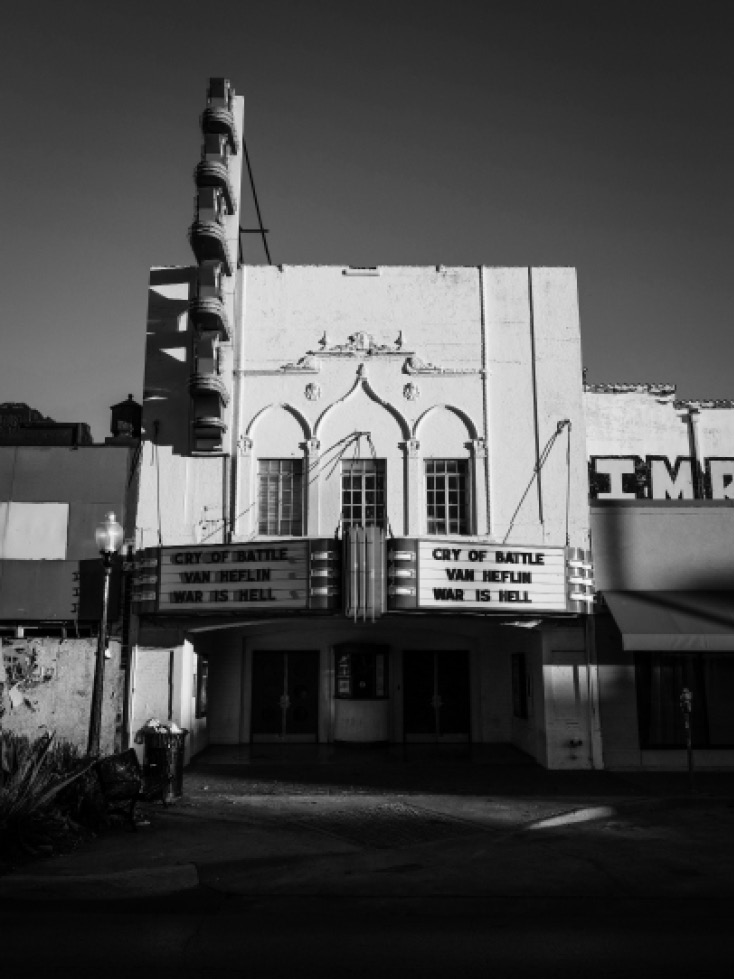
“I Know The End” by Jarrod Oram
For Oram photography became an answer. It became something that was therapeutic, evolving into a way for him to see things differently and to see himself differently. In what he has realized is the lifelong process of “filling abundance,” photography has given him a path to be a more complete version of himself.
Ivan Zapien
Ivan Zapien is a 35-year-old amateur photographer who was raised in Dallas and began taking photos in high school, but nothing beyond simple snapshots. Like Gonzalez, he explored other art mediums such as drawing and music as well, but he found his passion when he returned to photography. In the last few months his interest in photography has spiked. When I asked him why, he told me about a conversation with his wife.
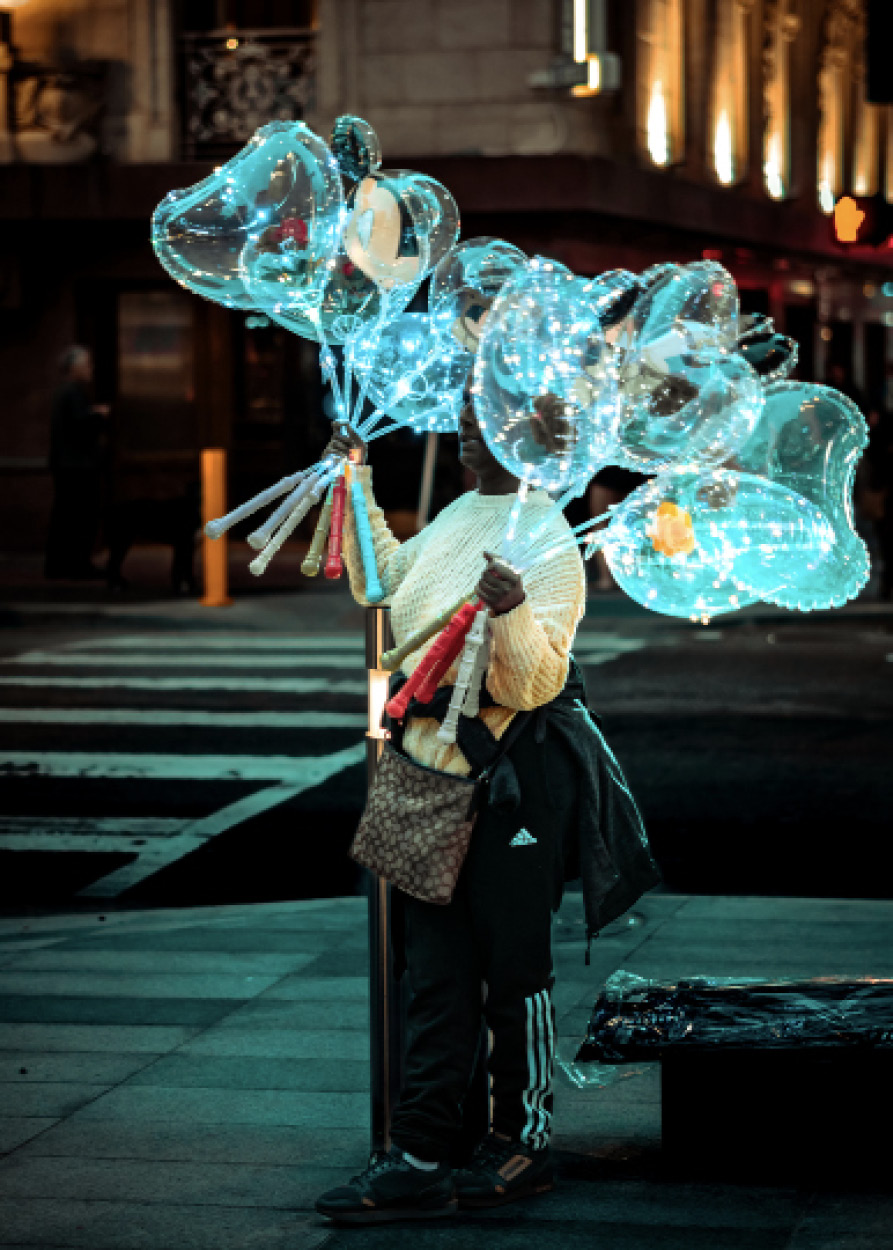
Untitled photo by Ivan Zapien
“[I told her], ‘I kinda want to get into this photography thing and see where it goes.’” His wife responded with, “‘Why don’t you do it?’” He replied that “photography’s expensive!’’ But she ended the discussion saying: “Well go buy a camera!”
So, he did. Having no formal photography training, he built his skills as so many others do these days: by watching videos on YouTube. One of the photographers who inspired Zapien was Faizal Westcott, a street photographer from Boston. Zapien took inspiration from Westcott’s work, because, as Zapien puts it, “You just go out, walk, take pictures of things, people, dogs, like whatever, I just… you know, something clicked.”
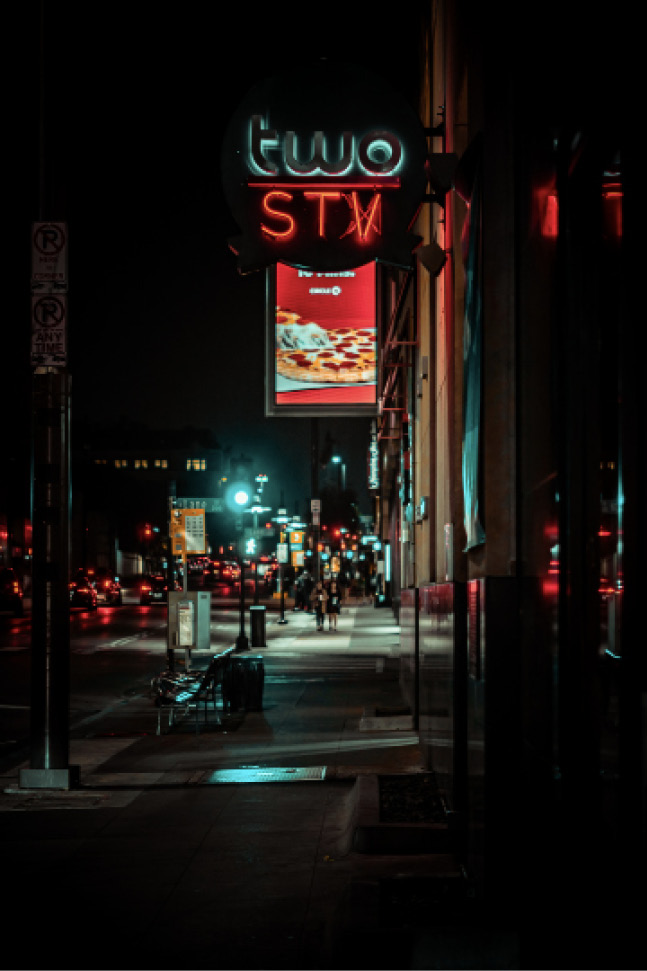
Untitled photo by Ivan Zapien
Zapien’s photography style is influenced by film, and he often decides what to photograph by asking himself: “Could this be in a movie scene?” When discussing his style Zapien mentioned that he tries to avoid editing his photos like Peter McKinnon or Pierre Lambert, two photographers with large YouTube channels. Their style generally involves an image that is incredibly sharp while also included very vibrant colors that make an image really pop. Zapien prefers to use cooler, bluer tones in his edits. This allows him to create a more cinematic feel.
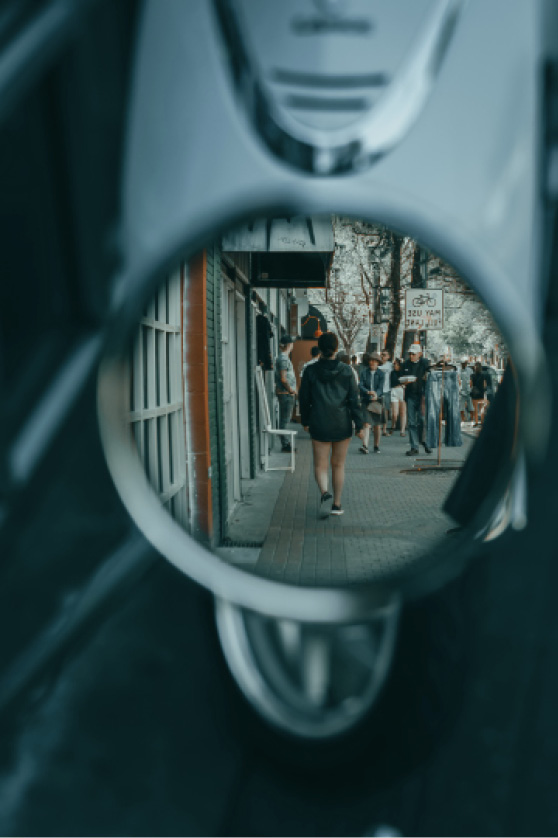
Untitled photo by Ivan Zapien
When asked about how shooting in Dallas has impacted his perception of the city he said: “I like going out to streets where most people wouldn’t even think about going. I live in a part of town where it’s not so good. I’ve even tried to venture out and go out with a camera where it’s not so safe and kinda get that side of Dallas; most people think that’s horrible, but there’s so many good things, even in neighborhoods that people think are dangerous that no one sees, and I want to bring that out.”
